A dimension is a measurement of a length or an angle. Dimensions are added to a model to check it is the correct size, or to pass information to another designer or engineer.
Dimensions consist of a number of attributes:
|
|
|
Leaders are the lines or arcs that represent the dimension values. Witness lines are those that connect the leader to the item. Marks are the ends of the leader that touch the witness lines. Annotation is the text associated with the dimension.
You can edit each attribute to control the appearance of a dimension on a drawing. For example, the annotation can be:
- forced to be horizontal.
- embedded into the dimension leader.
- displaced from the leader.
A number of different dimensions can be created:
- Linear dimensions — measure the length of a line or the distance between two points.
Multiple linear dimensions can be created as follows:
- Basepoint dimensions — a group of dimensions measured from a common origin (basepoint) to different endpoints:
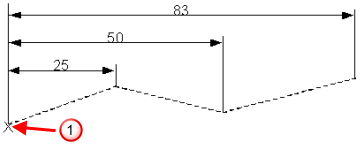
 Basepoint
Basepoint - Chain dimensions — a group of dimensions linked together such that where one dimension finishes the next one starts:

- Ordinate dimensions — a group of dimensions created along an axis of the principal plane of the current workplane. These dimensions measure distances from a common origin:
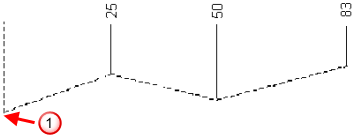
 Origin point
Origin point
- Basepoint dimensions — a group of dimensions measured from a common origin (basepoint) to different endpoints:
- Radius/diameter dimensions — measure the radius or diameter of an arc or a circle:
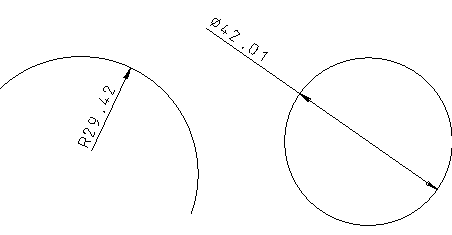
- Angular dimensions — measure an angle:
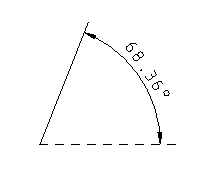
Tip: You can also use the measuring features on the calculator to check the model for the correct dimensions.
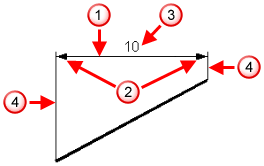
 marks
marks annotation
annotation witness lines
witness lines